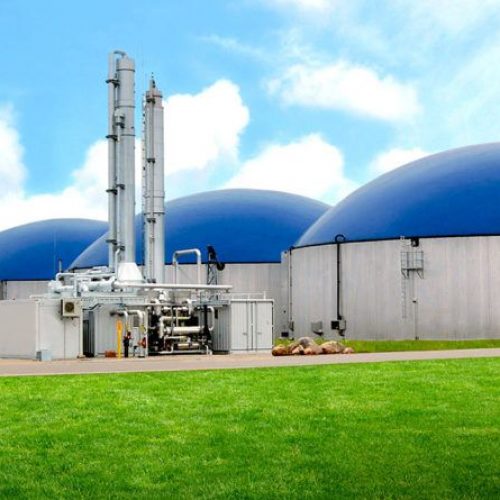Project Report For Compressed Bio Gas Plant
Introduction
Project report for the Compressed Bio-Gas Plant is as follows.
The Bio-Gas is filtered to eliminate hydrogen sulfide (H2S), carbon dioxide (CO2), and water vapour before being compressed as Compressed Bio-Gas (CBG), which contains more than 90% methane (CH4). CBG has the same calorific value and other qualities as CNG and can thus be used as a green renewable car fuel. Given the volume of biomass available in the country, it can thus replace CNG in automotive, industrial, and commercial applications.

CBG has the same calorific value and other qualities as CNG and may thus be used as a green renewable car fuel. Given the volume of biomass available in the country, it can therefore replace CNG in automotive, industrial, and commercial applications.
India is one of the world’s fastest-growing economies, and its energy consumption is expected to rise substantially. According to MoP&NG estimations, India has a total reserve of 763 Million Metric Tons (MMT) of crude oil and 1,488 Billion Cubic Meters (BCM) of natural gas.
Project Report Sample On
Compressed Bio Gas Plant
Get Completely Custom Bankable Project Report
The country now imports roughly 77 percent of its crude oil requirements and around 50 per cent of its natural gas requirements, prompting the Indian government to establish a target of lowering these imports by at least 10% by 2022. Furthermore, it has set a target of boosting gas’s contribution to India’s energy mix from 6.5 percent to 15 percent by 2022 (the world average is 23.5 percent).
Market Potential Of Compressed Bio Gas Plant
Expenses

Product Cost Breakup

Reveneue Vs Expenses

Market Trend

In 2020, the worldwide biogas market was valued at USD 24.03 billion. COVID-19 has had an unprecedented and overwhelming worldwide impact, with this industry experiencing a positive demand shock across all areas as a result of the pandemic. As per our calculations, this market will have a 5.8% fall in 2020, compared to the average year-on-year increase from 2017 to 2019.
Countries like Germany, Italy, the United Kingdom, France, and Switzerland are encouraging the use of biogas through supporting regulatory frameworks, education programmes, and the availability of technology.
Biogas generated in European nations is mostly injected into local natural gas systems and utilised to generate electricity. Grid injection is the most prevalent in European countries, followed by cars that run on biogas (either pure or in combination with natural gas), and biogas is also used for heating, either directly or in combination with natural gas.
In India, the projected CBG potential from diverse sources is around 62 MMT, with a capacity for bio manure production of 370 MMT. CBG is expected to be manufactured from a variety of biomass/waste sources, including agricultural residue, municipal solid waste, sugarcane press mud, distillery wasted wash, animal dung, and sewage treatment plant waste. 2. Other waste streams that can be used in the production of biogas include rotten potatoes from cold storage, rotten vegetables, dairy plants, chicken/poultry litter, food trash, horticulture waste, forestry residues, and industrial Effluent Treatment Plants (ETPs) that handle organic waste.
